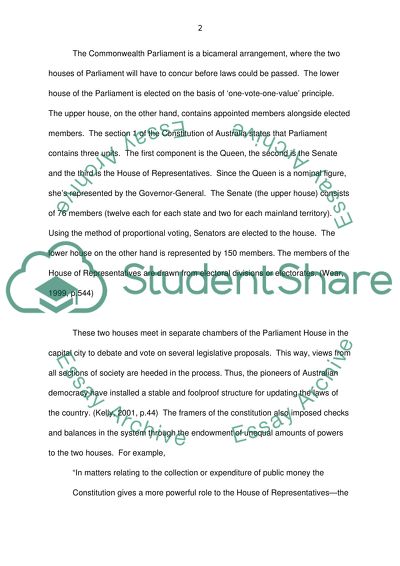Cite this document
(“Australian Law Essay Example | Topics and Well Written Essays - 1000 words”, n.d.)
Retrieved from https://studentshare.org/law/1440672-australian-law
Retrieved from https://studentshare.org/law/1440672-australian-law
(Australian Law Essay Example | Topics and Well Written Essays - 1000 Words)
https://studentshare.org/law/1440672-australian-law.
https://studentshare.org/law/1440672-australian-law.
“Australian Law Essay Example | Topics and Well Written Essays - 1000 Words”, n.d. https://studentshare.org/law/1440672-australian-law.


